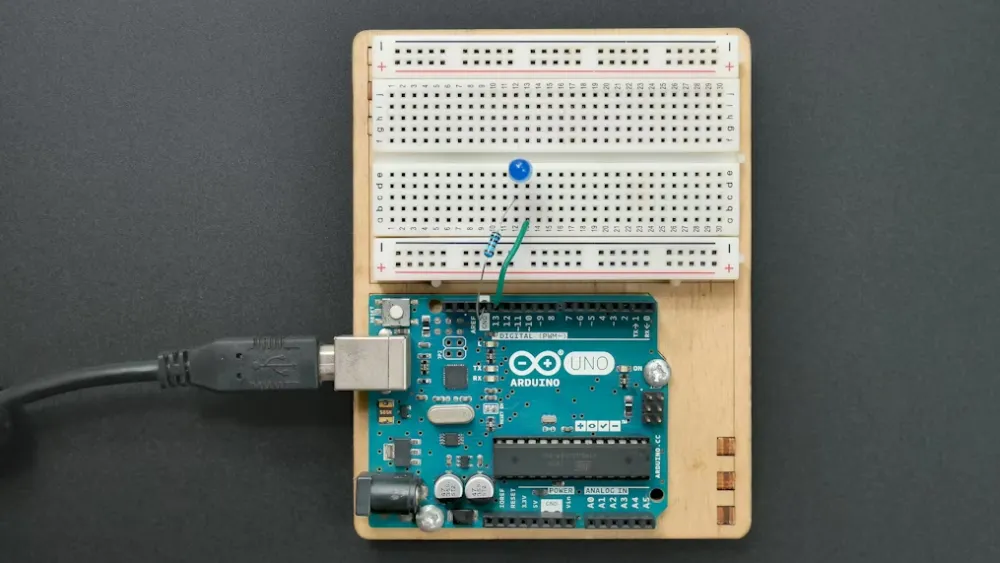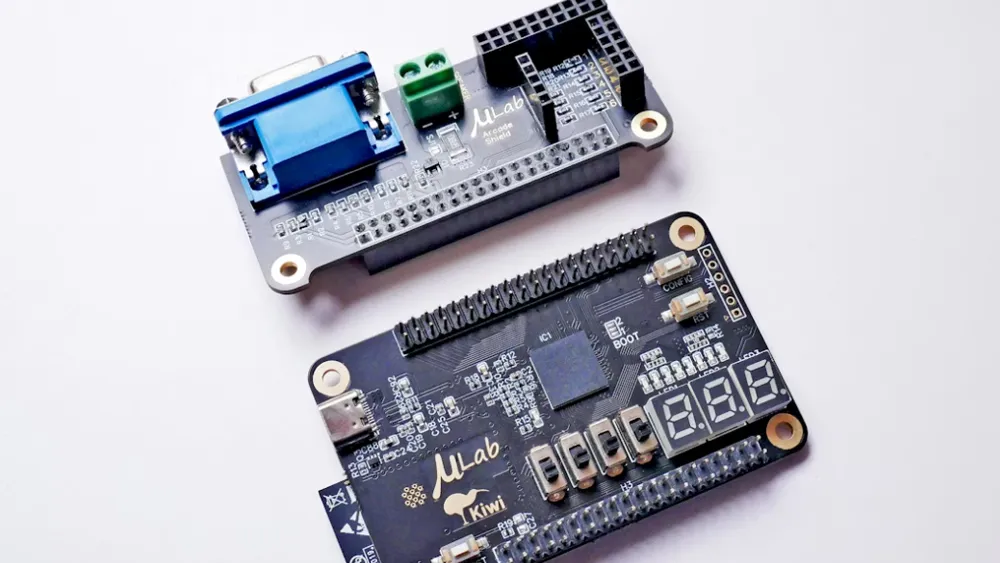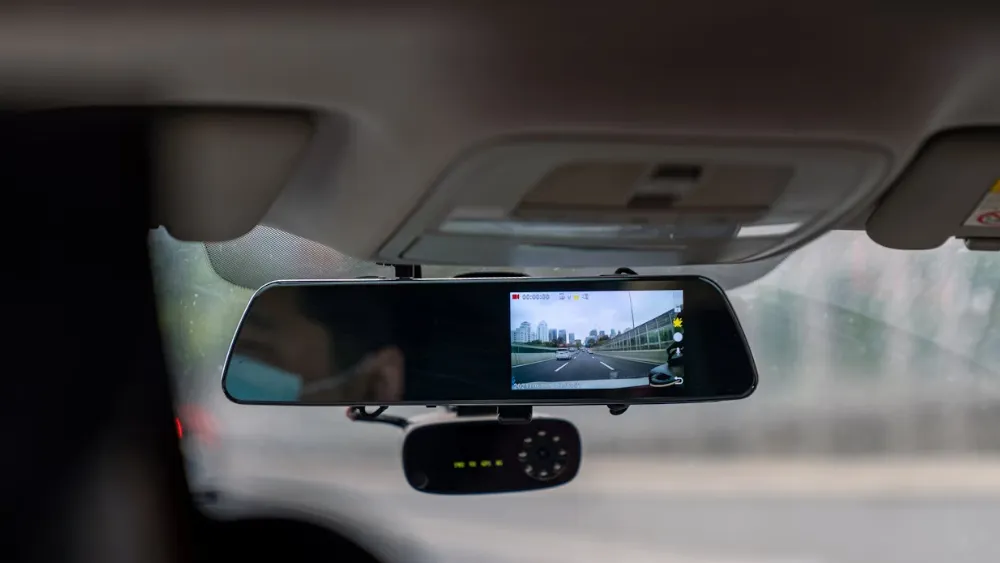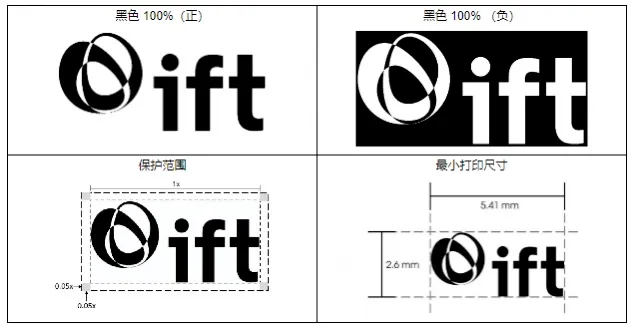
EMI Interference Testing
emi testing
emc testing (Electromagnetic Compatibility testing) is defined as "the ability of a device or system to function properly in its electromagnetic environment without causing intolerable electromagnetic interference to anything in the environment."
EMC includes two aspects: on one hand, the device shoULd function normally in a certain electromagnetic environment, which means the device should have a certain level of electromagnetic immunity (EMS); on the other hand, the electromagnetic interference (EMI) generated by the device itself should not have a significant impact on other electronic products.

emi testing Items Include:
1) Harmonic Current (2nd to 40th harmonics)
1. Harmonic (Harmonic Testing)
The standard for testing is en61000-3-2, which specifies the harmonic current limits emitted to the public grid. The standard defines the limit for the harmonic components of the input current generated by the tested device under specific conditions. It applies to electronic and electrical devices that are connected to the public low-voltage network with input currents less than or equal to 16A.
Harmonic testing mainly checks the impact of harmonics in low-voltage power supply networks on devices sensitive to these frequencies.
Principle of Harmonic Testing:
Due to the operating mode of electronic devices, nonlinear components, and various interference noises, the input current of these devices is not a perfect sine wave and often contains rich higher-order harmonic components, which can pollute the power grid.
Harmonics in a power system refer to sinusoidal voltages or currents with frequencies that are integer multiples of the system’s rated frequency.
Harmonic currents in public transmission systems can cause the following problems:
- ① Higher energy loss, as each harmonic has both reactive and active power components (the active power causes heat in the wiring, requiring larger cross-sectional areas for the conductors).
- ② REDuced lifespan of electronic components.
- ③ Voltage distortion leading to decreased motor efficiency.
Harmonic voltage is formed by one or more continuous sine wave combinations superimposed on the supply voltage.
2) Flicker
The standard for testing is en 61000-3-3, which specifies the limits for the impact of voltage fluctuations and flicker on the public grid. It sets the limits for voltage changes and evaluation methods for the tested device under specific conditions. It applies to electronic and electrical devices with input currents less than or equal to 16A connected to the public low-voltage network, operating at 220V to 250V, 50Hz.
The goal of this standard is to ensure that products do not cause excessive flicker in lighting devices connected to them.
3) Conducted Emissions (CE)
The standard for testing is EN61000-6-4, which applies to electronic and electrical measuring devices, electronic and electrical control devices, or electronic and electrical laboratory equipment.
Principle of Conducted Emissions Testing:
When the interference noise frequency of an electronic device is less than 30MHz, it mainly interferes with the audio frequency range. Since the cable of the device is smaller than one wavelength of this electromagnetic wave (the wavelength of a 30MHz wave is 10m), the efficiency of radiating it into the air is very low. Thus, measuring the induced noise voltage on the cable can help assess the level of electromagnetic noise interference in this frequency range. This type of noise is called conducted noise.
4) Radiated Emissions (RE)
The standard for testing is EN61000-6-4, which applies to electronic and electrical measuring devices, electronic and electrical control devices, or electronic and electrical laboratory equipment.
Principle of Radiated Emissions Testing:
When the total length of an antenna exceeds 1/20 of the signal wavelength λ, it will emit effective radiation into space. The radiation energy is maximum when the antenna length is an integer multiple of λ/2. When the noise frequency exceeds 30MHz, the cables, holes, and gaps in electronic devices easily meet the above conditions, resulting in radiation emissions.
Email:hello@jjrlab.com
Write your message here and send it to us
 Global Cyber Security Compliance for Connected Pro
Global Cyber Security Compliance for Connected Pro
 What Certifications for Exporting Monitors to Euro
What Certifications for Exporting Monitors to Euro
 Bluetooth Headphones Exported to Australia Certifi
Bluetooth Headphones Exported to Australia Certifi
 What Certifications for Router Products Exported t
What Certifications for Router Products Exported t
 TIC (Power Bank UL 2056, Portable Power Station UL
TIC (Power Bank UL 2056, Portable Power Station UL
 How to get EN 18031 Certification for Wireless Pro
How to get EN 18031 Certification for Wireless Pro
 PSE, TELEC and VCCI Compliance for Cameras Exporte
PSE, TELEC and VCCI Compliance for Cameras Exporte
 NOM & IFT Compliance for Audio Equipment Expor
NOM & IFT Compliance for Audio Equipment Expor
Leave us a message
24-hour online customer service at any time to respond, so that you worry!




